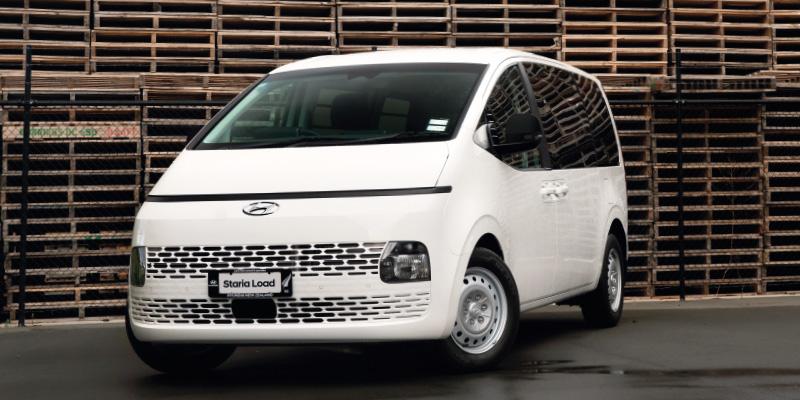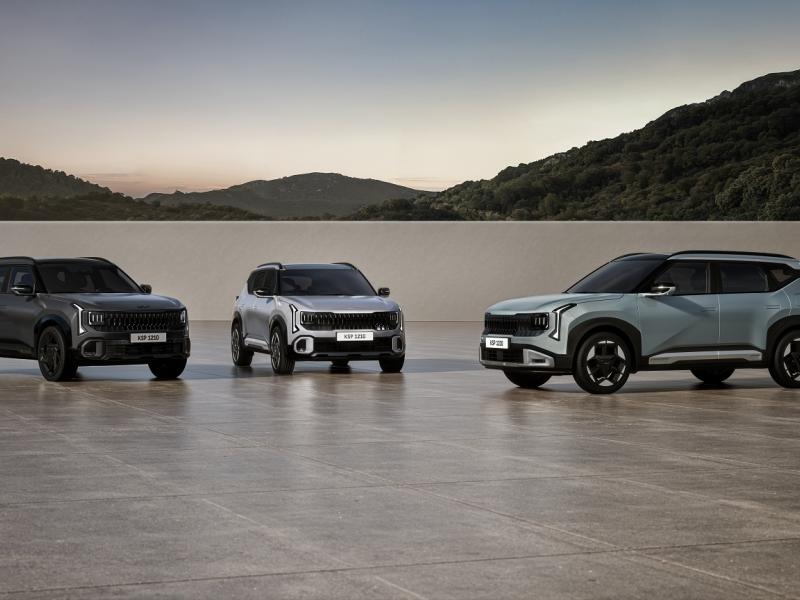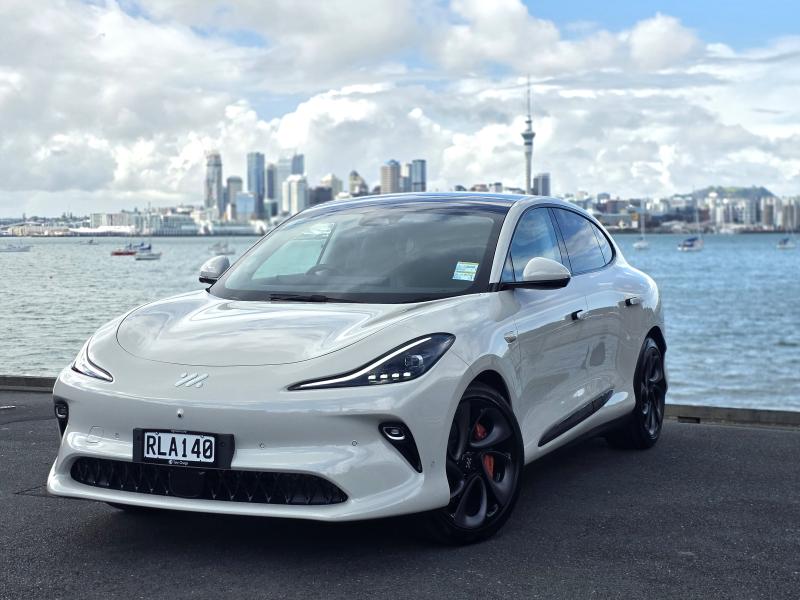Is the Staria the shape of vans to come? It is if Hyundai has anything to say about it.
Normally, automakers who attempt to reinvent the wheel so to speak, find their polarising designs become either vehicles of derision or collectable rarities.
The Staria from Hyundai – by virtue of its practicality, commercial application and a collective fan-club of previous model (iLoad/iMax) users, may be what bucks the trend of vehicles which don’t look like the vehicles they are supposed to be.
Although in fairness, the Hyundai Staria does look like a shuttlecraft which escaped Spacedock or the Starship Enterprise and yes, there is a people moving variant available.
But what about the goods hauling version? Tradies in this country have had a long diet of conventional cargo haulers, the previous Hyundai iLoads being very successful vehicles.
Is the traditional trades vehicle user ready for Staria Load?
Our first thoughts were “probably not” but then we looked a little closer at the space-age Hyundai, drove it around a bit and rethought our thinking.
In the first place, does the Staria Load do what a cargo hauler is supposed to do? Answer: bloody oath it does, thanks to the stronger and lighter platform which comes from the Santa Fe SUV.
Compared to the outgoing iLoad, the Staria Load has a larger cargo area – increased from 4426 litres to 4935 litres, which means it can take up to three Euro pallets and has a payload of 1072kg.
Load height has come down from 614mm to 573mm with dual side sliding doors being standard, as is the vertical lifting tailgate – though barn doors are available as an option.
The glazed cargo area has whacking great security bars down the sides, though the large back windscreen could probably stand some of the same, but a fit-out specialist can handle that for you.
Said fit-out company won’t need to worry about fixing points, since the Staria Load is equipped with eight lash rings in total.
What the cargo area also has – and which we thought impressive – is lightweight carpeting extending halfway up the side walls.
Forget cheap – often crappy – plastic panelling or plywood, the Staria Load’s sound deadening protective surface cladding is classy and seriously effective.
Combine this with the floor matting and the Staria Load – even when running – is super quiet by van standards and this despite the Staria Load not having a bulkhead of any kind as standard equipment.
You’ll want something for security purposes of course, and no doubt there are such things available, but the lack of a bulkhead proved just how clever Hyundai can be when it comes to taking away the fatigue-inducing, ‘I-drive-the-Sydney-Opera-house-concert-chamber-all-day’ consideration.
It’s not just sound deadening the cargo bay. I think this is the quietest of Hyundai’s diesel engines to date, and that includes the passenger vehicle applications.
The engine has 2199cc displacement and uses common rail technology to deliver 130kW and 430Nm while returning a posted seven litres per 100km for 103gm/km of CO2. We saw 6.8 for the largest part of our time with the Staria Load.
At idle, the engine doesn’t shut down (OK jury’s still out on whether that’s a good thing) though the 700rpm tickover is quiet enough to make you think it has.
Alongside a diesel van with engine shutdown however, the Staria Load is serenely silent, even after the lights change. And yes, there is a six-speed manual as well as a super slick eight-speed auto (tested).
Couriers, take note, the Staria Load offers startling acceleration with its ‘silence’ and the sound of silence continues as you hit cruising speeds. The Staria has to be the quietest van on the market.
And if silence is a sign of sophistication, well, the Staria Load’s cabin has more surprises instore. You won’t see all of them: the forward collision avoidance-assist, blind spot collision avoidance-assist and rear cross-traffic collision-avoidance assist systems, but they’re there.
Despite no bulkhead, there seems to be a definite zone of distinction between the cargo and cabin areas.
In fact, for the two-seat version – passenger inclined Starias run to eight seats – you can walk through from the front to the rear and really appreciate the audible difference between the practical cargo area and the car-like sophistication of the cabin.
Yes, we know: every van maker claims car-like qualities of one sort or another, but in the Staria’s case, in addition to imbuing the cabin with switchgear and controls from the passenger line, Hyundai has reinvented the commercial cabin.
The passenger gets a veritable vanload of leg-space, which is unusual. There is a sacrifice in glove compartment area, but there are two overhead stowage compartments to compensate.
For the driver, oh, it’s a brave new world! OK, take your two hands and hold them in front of you. Now take your right hand and shift it forward about a foot. This is the screen setup for the Staria.
Your right hand is your 4.25” supervisory screen, with speed, rev counter, fuel and everything else the driver needs to see.
Your left hand is the infotainment screen – a little larger than the right at 8” because it has to accommodate a huge reversing camera display, the audio suite including Apple CarPlay and Android Auto connectivity.
Again, it’s a very Star Trek look for a very capable and – car-like – driveable van. We would describe it as a van for the future, today.






